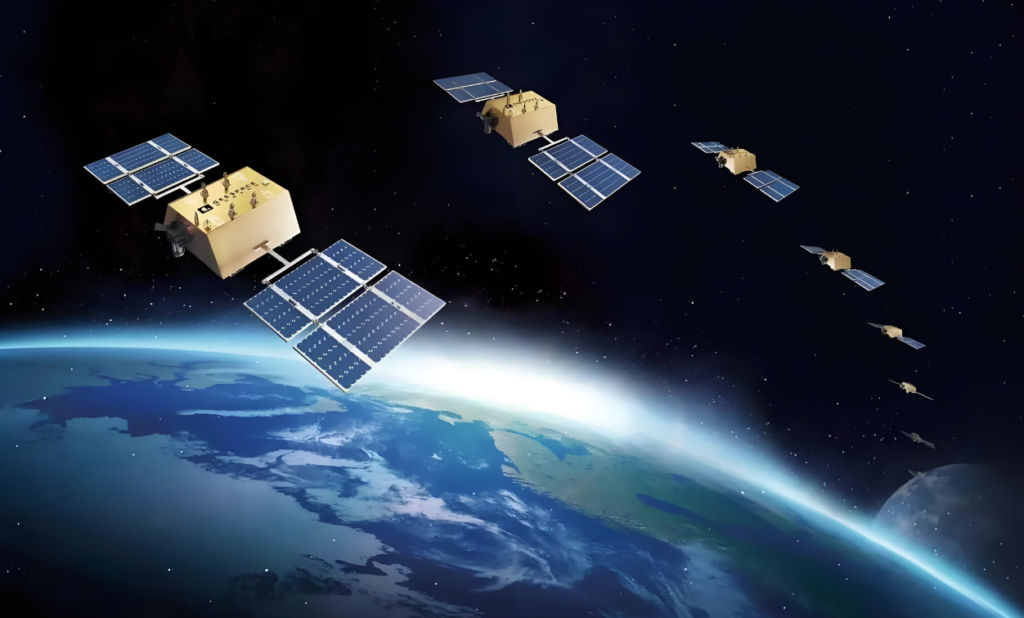Atomic clock is a key core component for achieving high-precision spatiotemporal reference in satellite navigation systems. The current spatiotemporal reference is established on the ground, and various satellite navigation systems rely on observation data from global or regional monitoring stations on the ground to accurately determine the orbit and clock bias of navigation constellation satellites. They also broadcast ephemeris and clock bias through space segment satellites (included in navigation messages) to achieve high-precision spatiotemporal reference transmission to users. To achieve accurate prediction of system reference time based on satellite time, navigation satellites are equipped with onboard atomic clocks, mainly including rubidium atomic clocks, cesium atomic clocks, and passive hydrogen clocks.

The development and use of spaceborne atomic clocks have a history of nearly 50 years, and their performance has gradually improved with the development of satellite navigation systems and satellite upgrades.
The spaceborne rubidium clock uses the ground state hyperfine energy level transition spectral lines of rubidium atoms as a frequency discrimination standard to lock the output frequency of the crystal oscillator. It has the advantages of mature technology and small product size, and has been widely used. The onboard rubidium clocks equipped with Beidou and Galileo satellites have a stability level of 10 ^ -14/d, while the rubidium clocks on GPSBlock III satellites have a sky stability level of 10 ^ -15, with continuously improving performance levels.
The hydrogen clock uses the ground state of hydrogen atoms as the clock transition, which can achieve extremely high frequency stability and extremely low drift rate. According to different technical solutions, hydrogen clocks are divided into active hydrogen clocks and passive hydrogen clocks. Both the Galileo satellite and the Beidou navigation satellite are equipped with passive onboard hydrogen clocks, with typical frequency stability and drift rates of 5 × 10 ^ -15/d and 1 × 10 ^ -15/d, respectively, enabling navigation satellites to have excellent astronomical timing capabilities.
Cesium clocks have the advantage of low drift rate and can be used as space-based timing devices.
Atomic clocks provide high-precision time-frequency benchmarks for navigation systems, constantly evolving towards higher accuracy and better stability. At the same time, satellite payloads require lighter weight, smaller size, and higher reliability of onboard atomic clocks. In the future, with the construction of LEO constellation satellite Internet, the performance indicators of satellite borne rubidium clock, cesium clock and hydrogen clock will be further improved. New types of atomic clocks with higher accuracy, better stability, smaller size, and lighter weight, such as mercury ion clocks, cold/hot atomic microwave clocks, and optical clocks, are also expected to experience rapid development and application with technological progress.
Prev:satellite timing method and its application
Next:Analysis of indoor and outdoor integrated positioning scheme, GNSS/UWB/BLE positioning technology
Copyrights© Shenzhen Skylab Co.,LTD All Rights Reserved.

